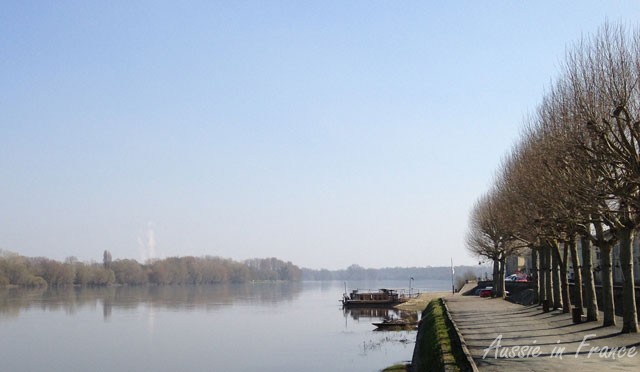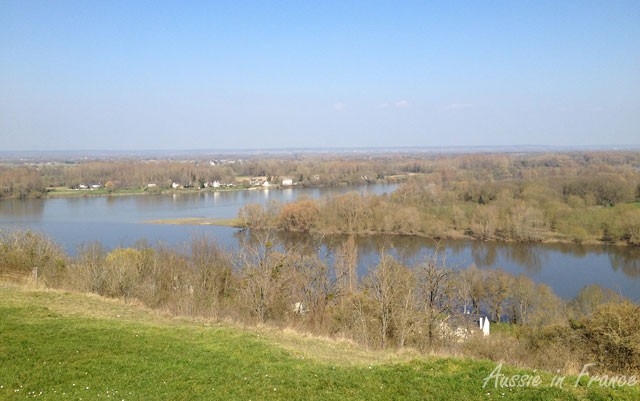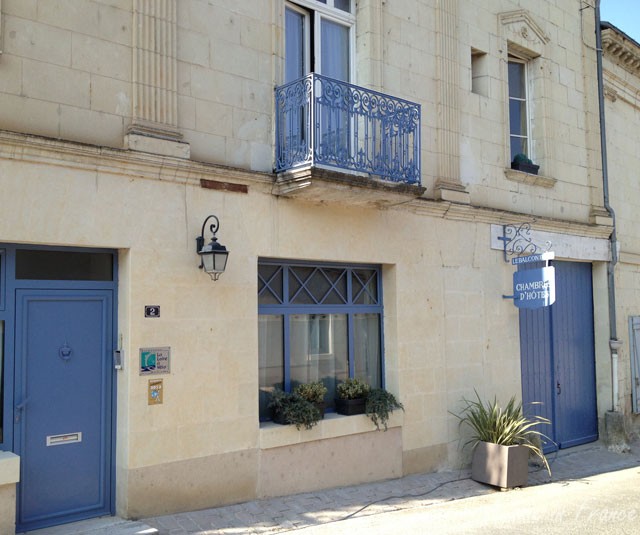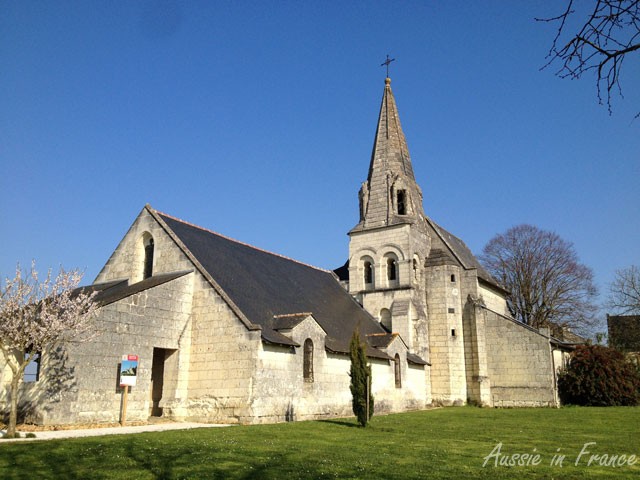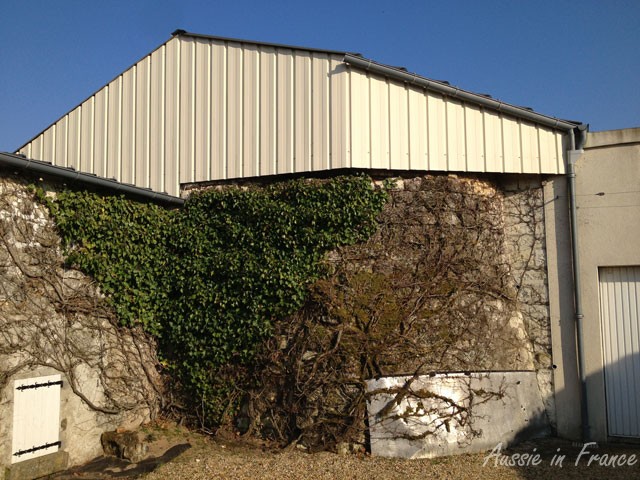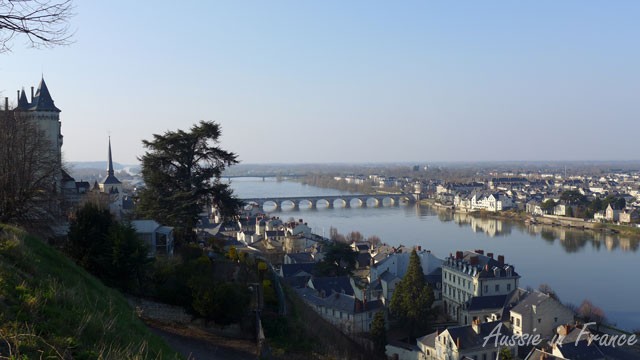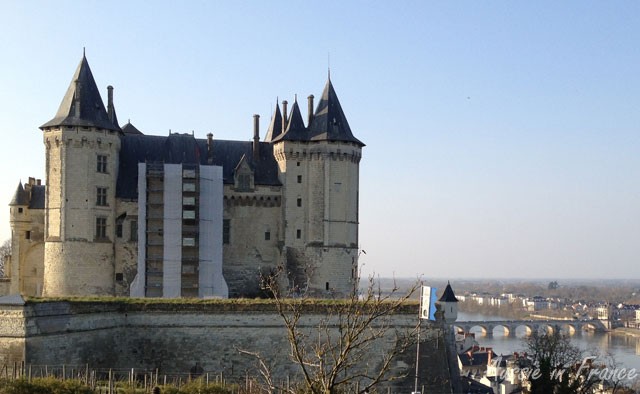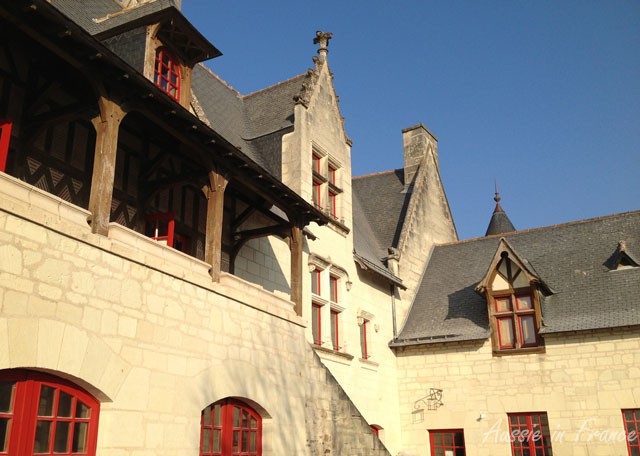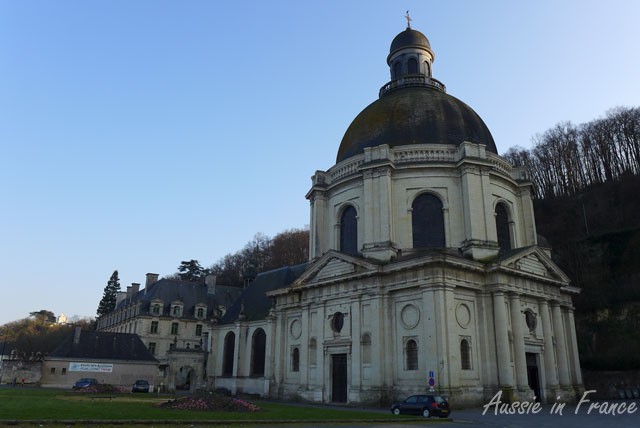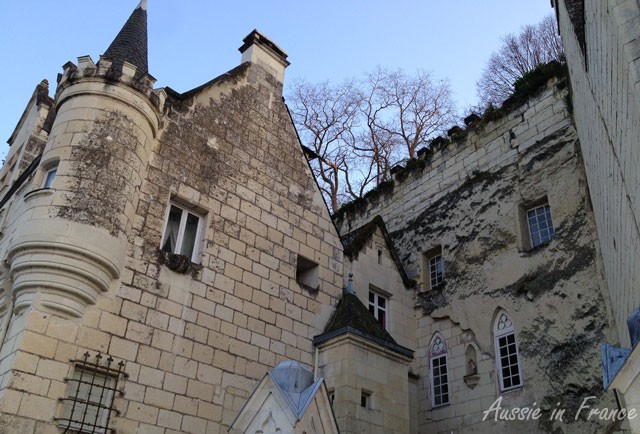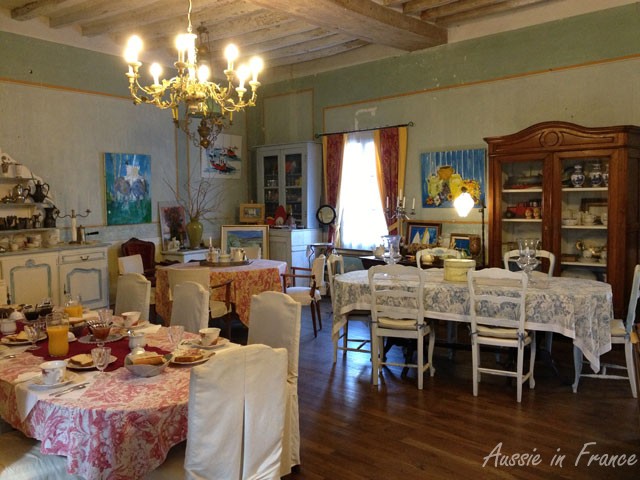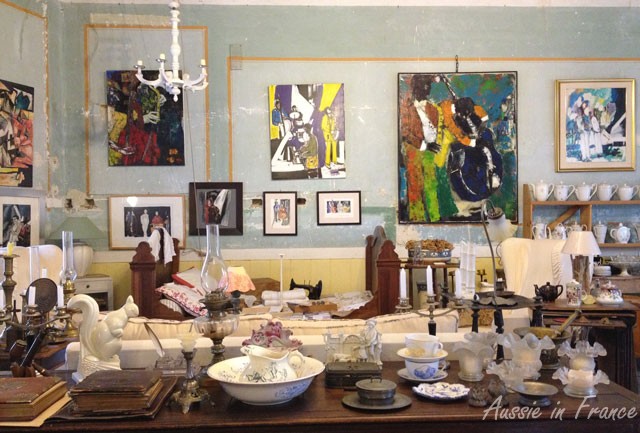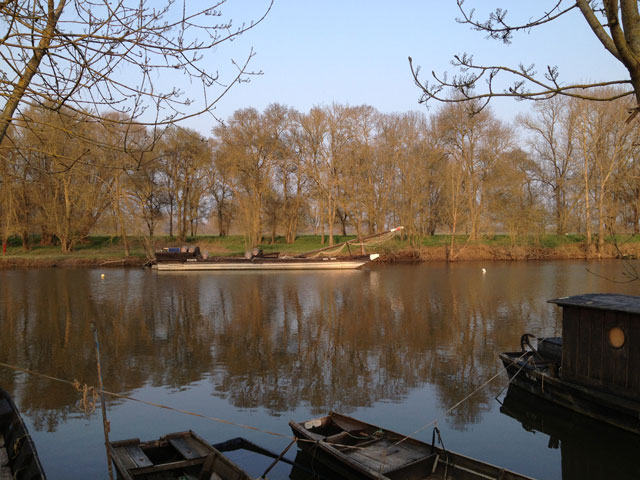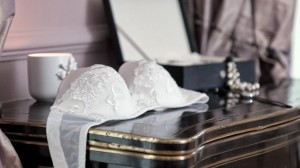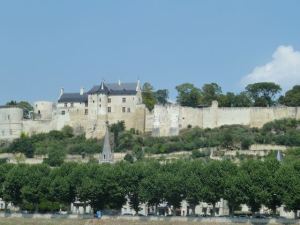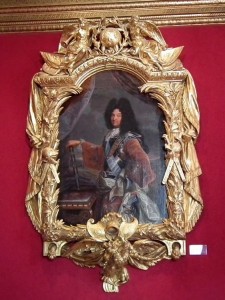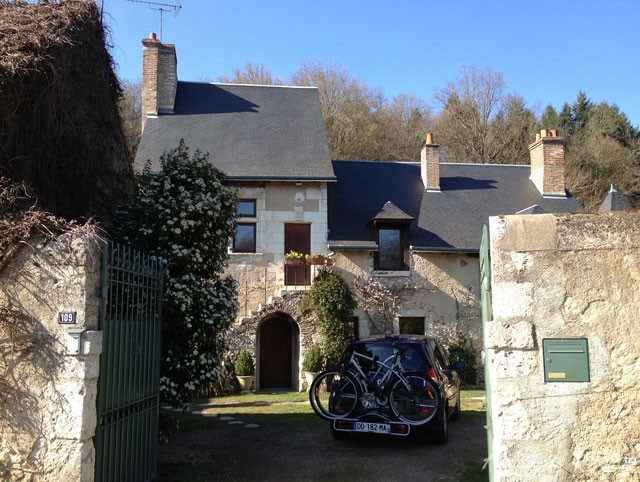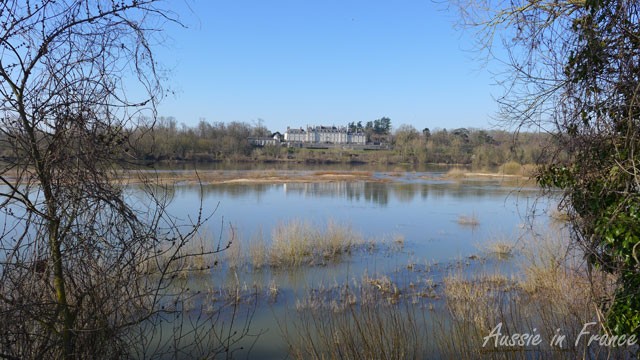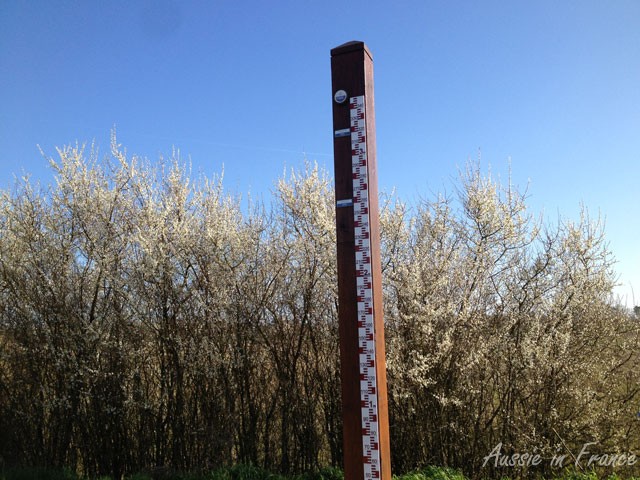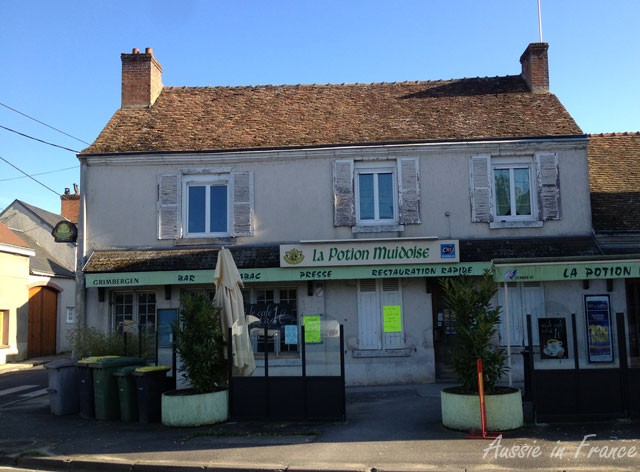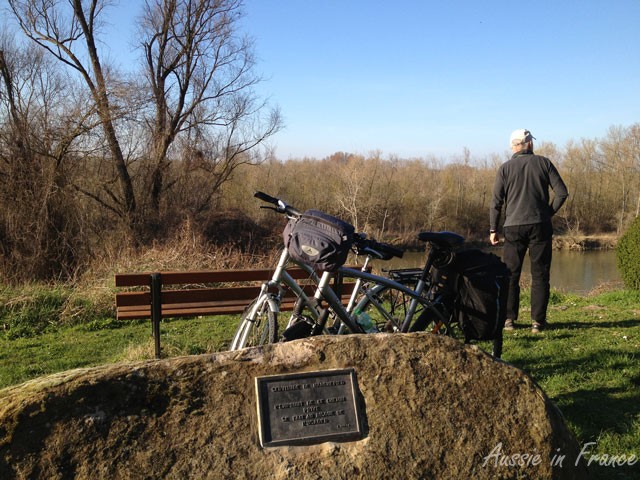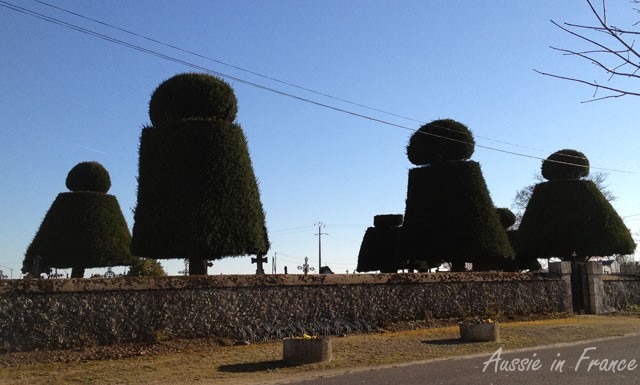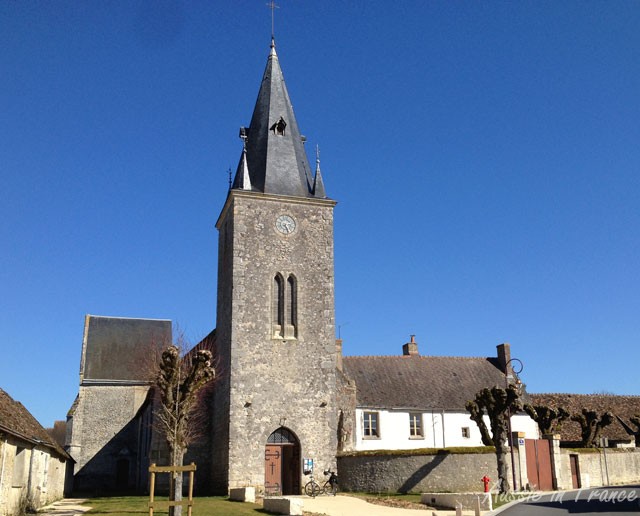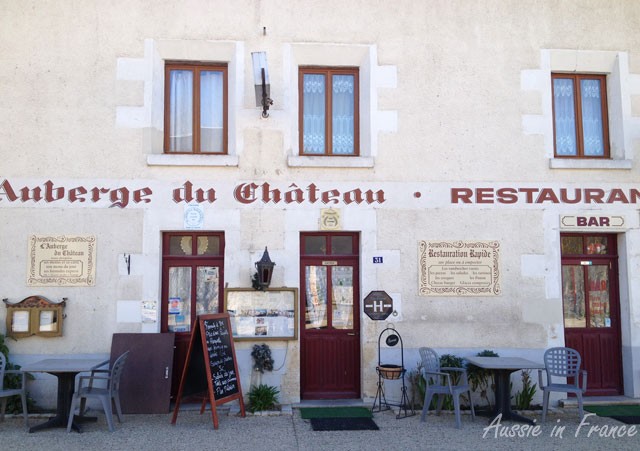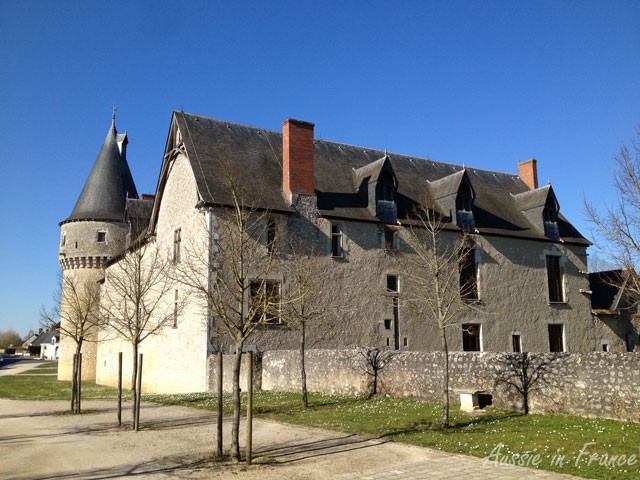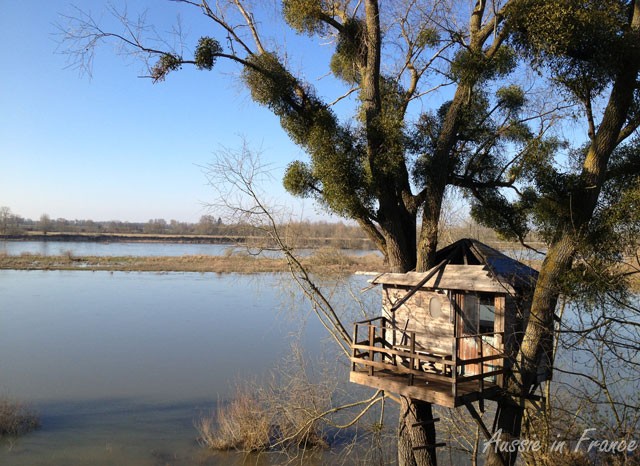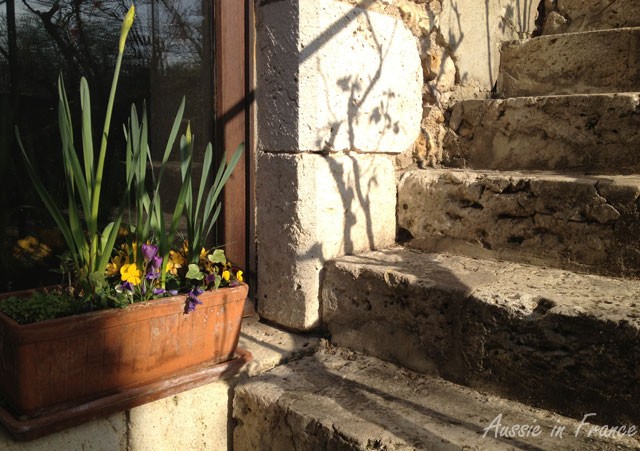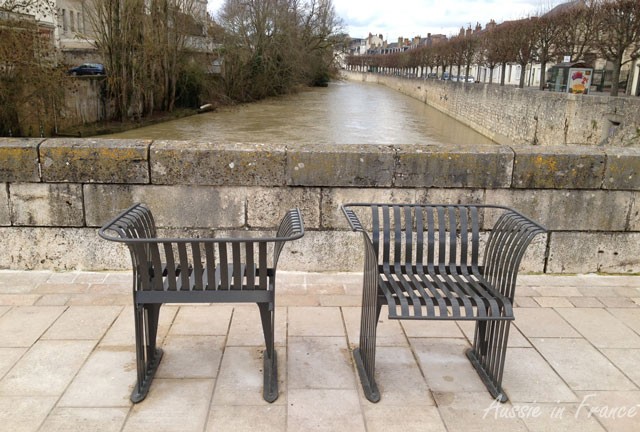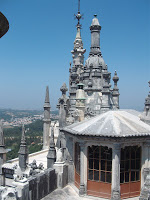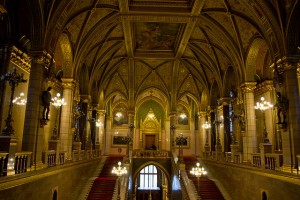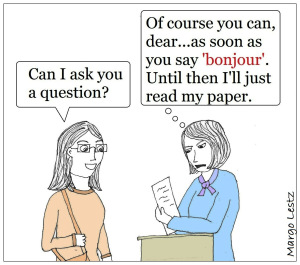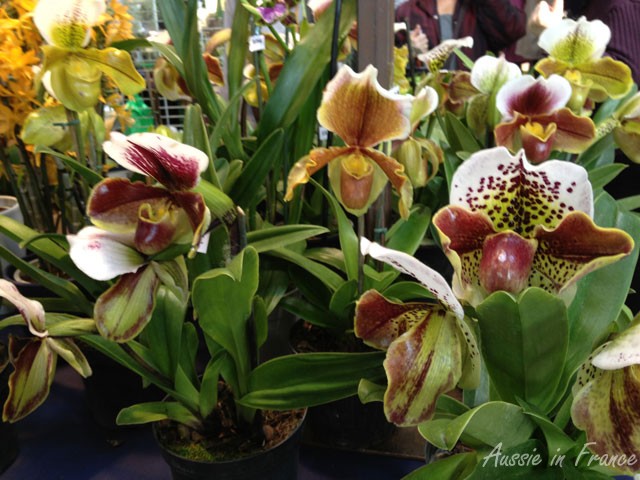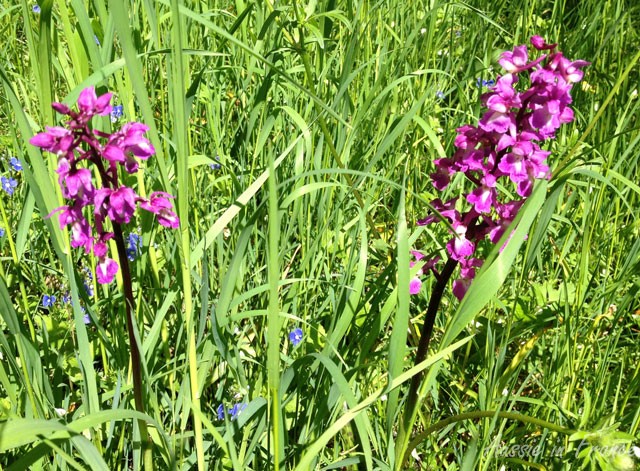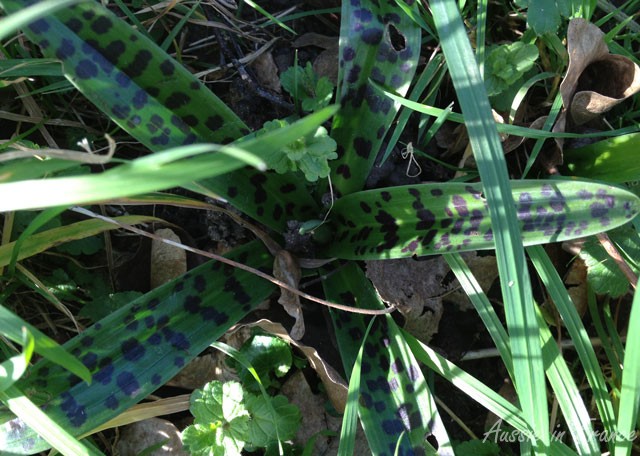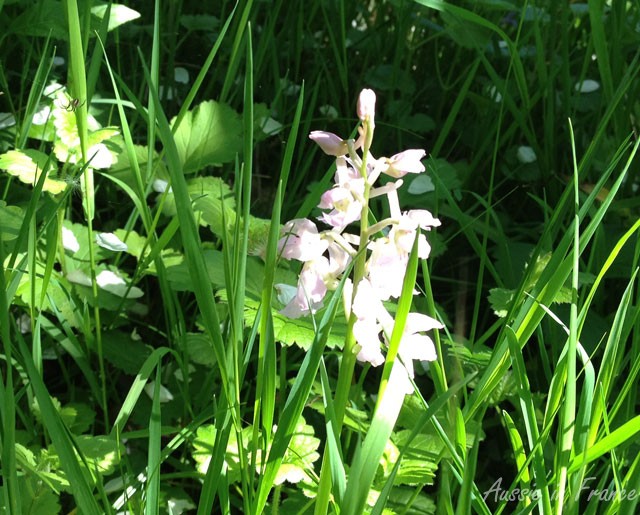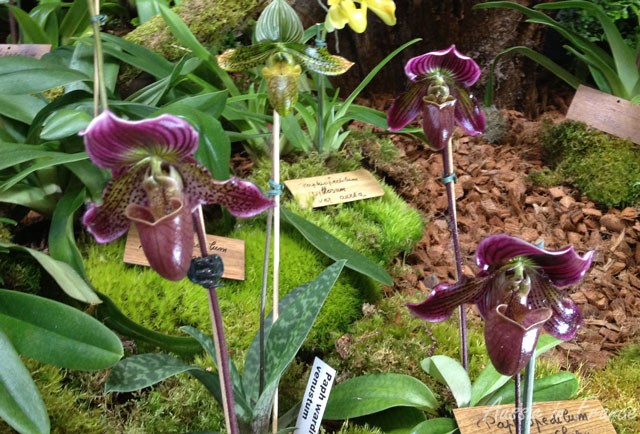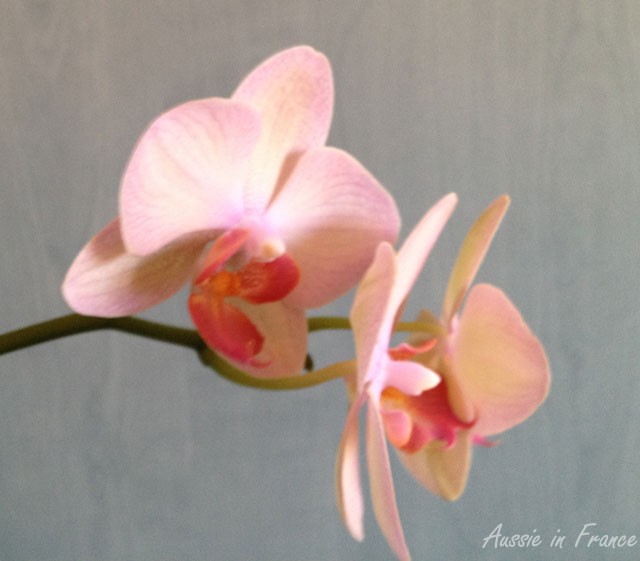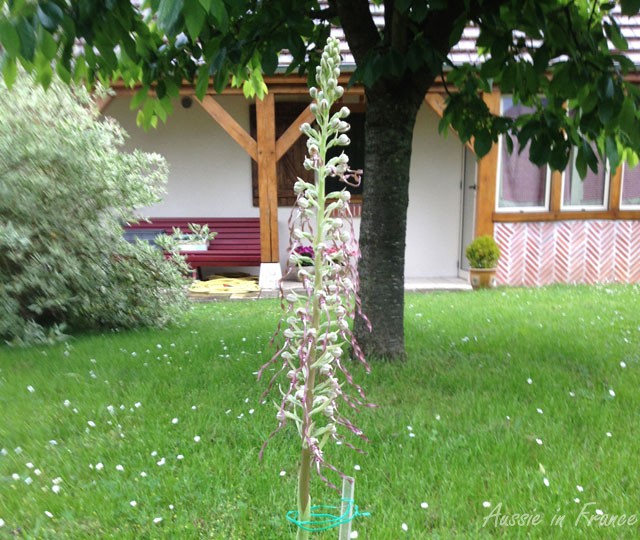Already time for my Weekly Blogger Round-Up. I’m sure you know about the love locks on the Pont des Arts in Paris. Lisa Anselmo and Lisa Taylor Huff, guest posting for Out and About in Paris, explain why they are causing a problem. Chrissie from Riviera Grapevine gives us very helpful information on developing our palate in the world of wine, while Bread is Pain reflects on the differences between Anglosaxons and French when it comes to clothing and physical exercise. Enjoy!
Why We Need to Unlock Our Love from the Bridges of Paris (Guest post by Lisa Anselmo and Lisa Taylor Huff of No Love Locks™)
by Mary Kay from Out and About in Paris, an American by birth, Swiss by marriage, resident of Paris with a Navigo Pass for the metro that she feels compelled to use
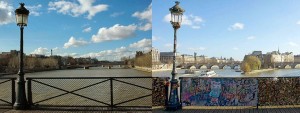 You’re in Paris on the Pont des Arts with your sweetheart. Maybe it’s your anniversary. You hang a lock engraved with your initials on the bridge, and toss the key in the Seine. Then you walk away.
You’re in Paris on the Pont des Arts with your sweetheart. Maybe it’s your anniversary. You hang a lock engraved with your initials on the bridge, and toss the key in the Seine. Then you walk away.
It’s a year later and that lock is corroded by rust, buried under thousands of other locks and covered in graffiti. The piece of the parapet where you hung your lock gives way, over-burdened by the tonnage it was never designed to hold, and lands squarely on a sightseeing boat passing below, full of tourists. Read more
Help, I’ve lost my palate!
by Chrissie from Riviera Grapevine, a Sydney girl living in Nice with an insatiable thirst for the wines of the Var, Alpes Maritimes and Liguria. She happily sells, drinks and blogs about wine
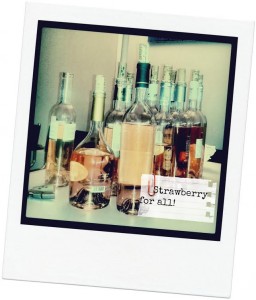 Pallet, palette, palate: Three of the English language’s most commonly confused words, which all have a place in our wine vocabulary.
Pallet, palette, palate: Three of the English language’s most commonly confused words, which all have a place in our wine vocabulary.
For instance, if you sell wine in Southern France, it’s not inconceivable that you may order a pallet of rosé from the AOC Palette in Provence. Yep, definitely confusing.
Of the three, however, the one which has the most resonance with wine lovers worldwide is palate, or that part of our mouth which receives and defines taste sensations.
And I think mine went AWOL at birth….. Read more
Sweating in Jeans Town
by Bread is Pain, a 30-something American living in the Rhone-Alps, getting her master’s degree, learning French and slowly eating and drinking herself through the country
“Oh. Okay,” I think to myself as I wave at the friend I am meeting. “So THAT is what we are wearing.” I walk across the street, briskly, in my spandex pants, sports bra top, and tennis shoes.
After the obligatory kisses hello, we begin our stroll towards the Bastille.
“Are you going to be able to hike in those,” I ask her, looking at her feet. She is wearing ballet flats, skinny jeans, a fashionable sweater, and a floral scarf whereas I look like I’m about to rip open a protein pack with my teeth while simultaneously checking my heart rate. Read more

